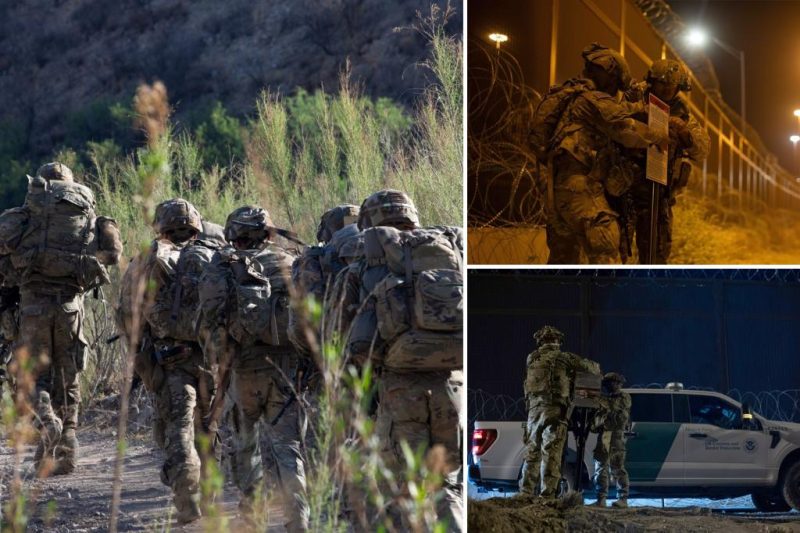
The Trump administration’s ongoing deployment of troops to the US-Mexico border continues to escalate. On Thursday, an additional 1,115 service members were approved for deployment, bringing the total number of active-duty personnel stationed along the border to nearly 10,000. This significant increase raises important questions about the administration’s strategy and the overall impact of this large-scale military presence.
The deployment is part of President Trump’s broader effort to address what he has described as a crisis at the southern border. The administration has cited concerns about illegal immigration, drug trafficking, and border security as justifications for the troop deployment. However, critics argue that the military presence is an ineffective and costly solution to a complex issue that requires a more comprehensive approach involving diplomatic solutions and long-term immigration reform.
The use of active-duty military personnel for border security operations has been a subject of ongoing debate. Some argue that it’s a misuse of military resources and that the National Guard would be a more appropriate response. Others point to the potential for unintended consequences, such as the militarization of the border and the erosion of trust between law enforcement and border communities. The long-term effects on troop morale and readiness are also being questioned.
The ongoing deployment raises crucial questions about the cost-effectiveness and overall effectiveness of using military personnel for border security. With the total number of troops nearing 10,000, the financial burden on taxpayers is significant, and the long-term implications for both the military and border communities remain to be seen. Further analysis and public discussion are needed to fully understand the complexities and long-term consequences of this unprecedented military deployment.










